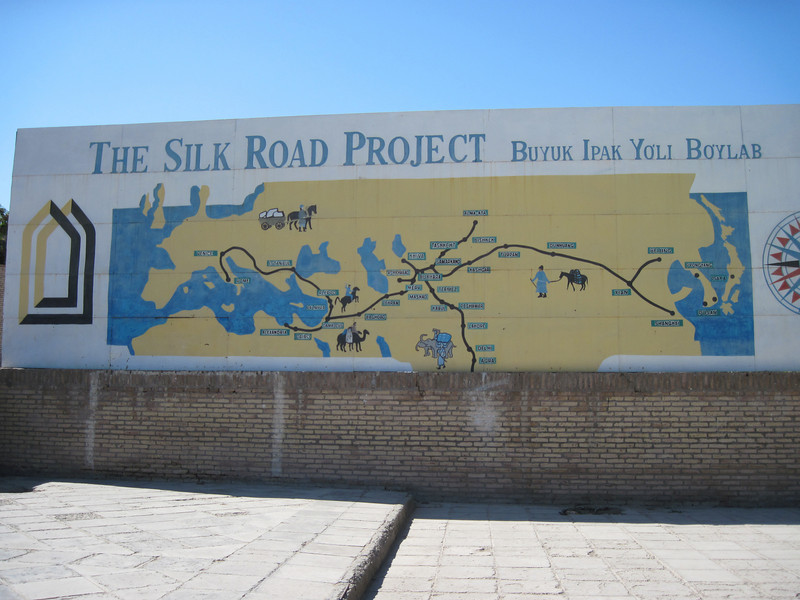This past summer I followed quite a bit of it through Central Asia, in areas which I'd consider to be moderately difficult to navigate - like Uzbekistan.
Wikitravel shows more information on the Silk Road, and it's worth noting there are several branches of it, depending on whether you go through the deserts, or through Afghanistan. Individual links on that page, will give you details about how to reach each city.
For me, Uzbekistan is a hidden jewel - most people can't even name it as a country, and yet Khiva, Bukhara and Samarkand are among some of the most impressive historic cities I've ever seen.

And yes, sadly it's not as accurate as you'd like, but I saw this map just inside Khiva's West Gate:

The problem with what you're trying to find is that there is no ONE Silk Road. Even when travelling between two cities, people might detour when a river is in flood, or to feed animals, or to avoid a known criminal hotspot. So there are in some ways thousands of potential deviations - only the rough directional heading between cities will be shown on most maps. Indeed, according to Wikipedia, there were even maritime routes!
You may also consider this more detailed list of cities commonly accepted as being along the various Silk road routes. Map included on page.


